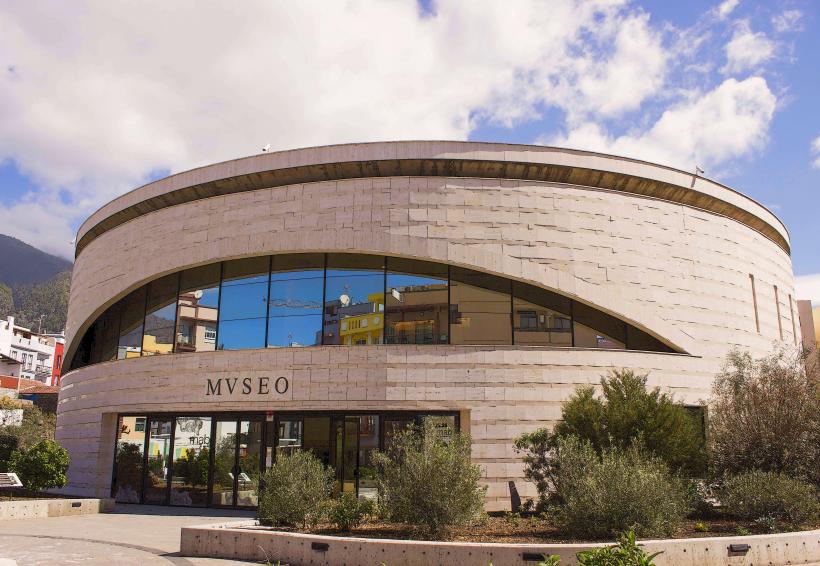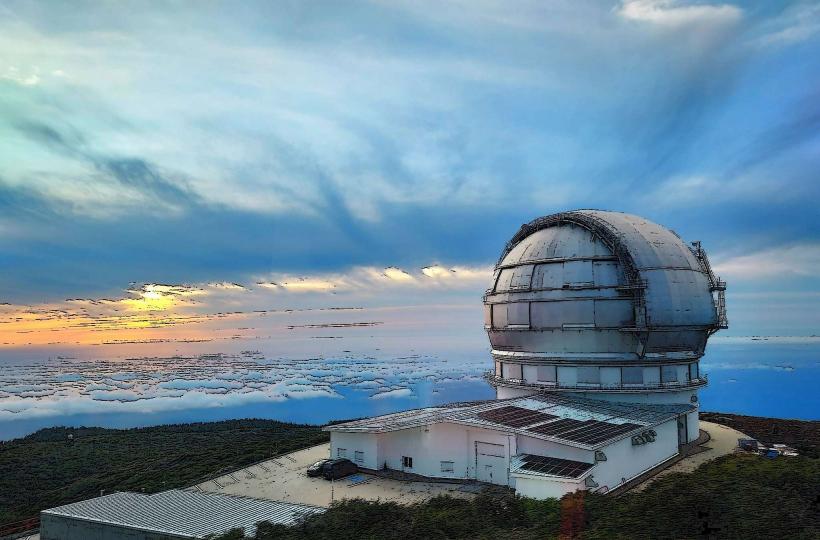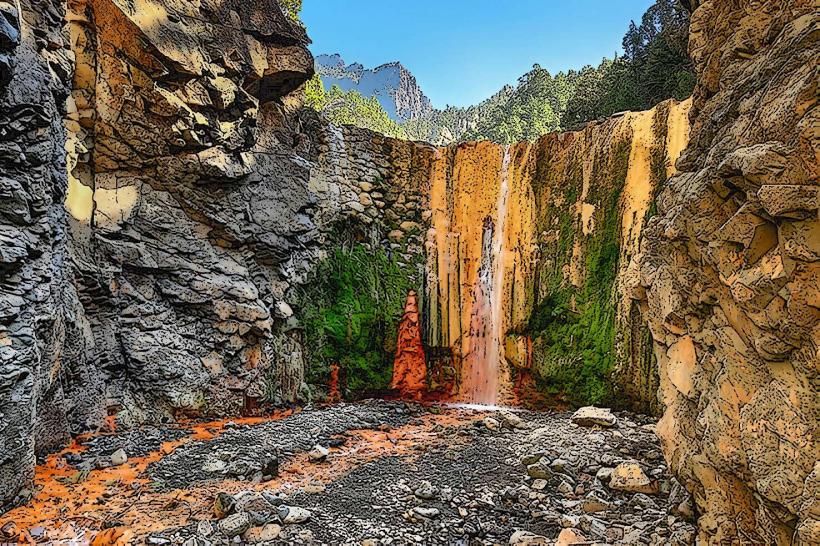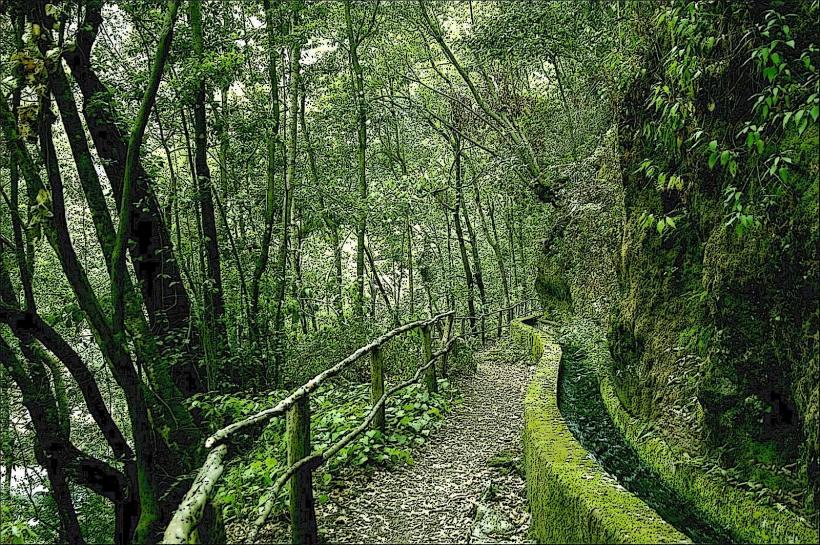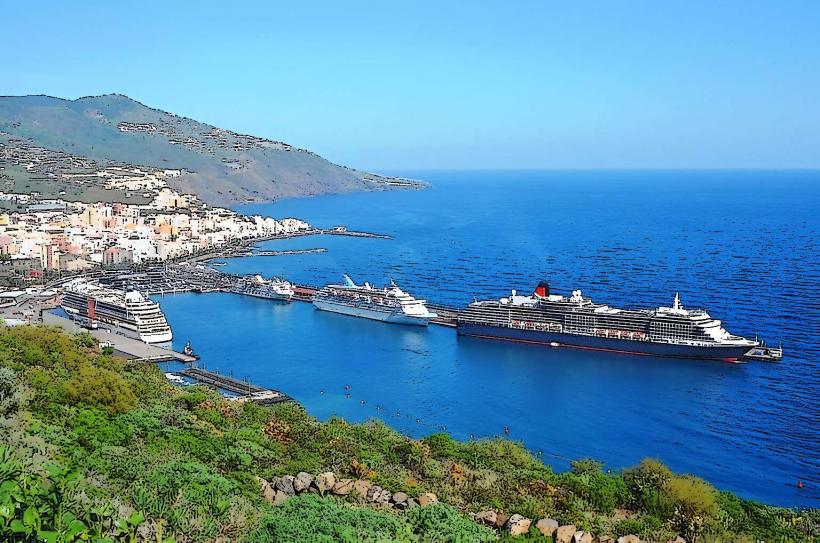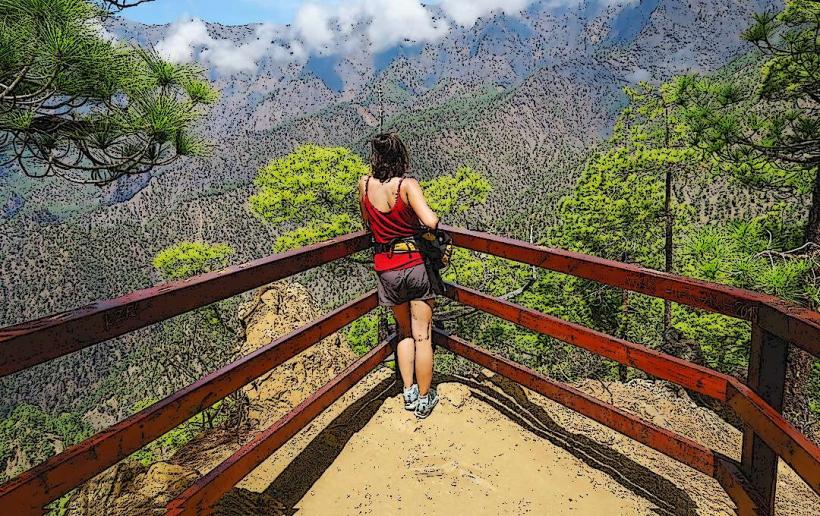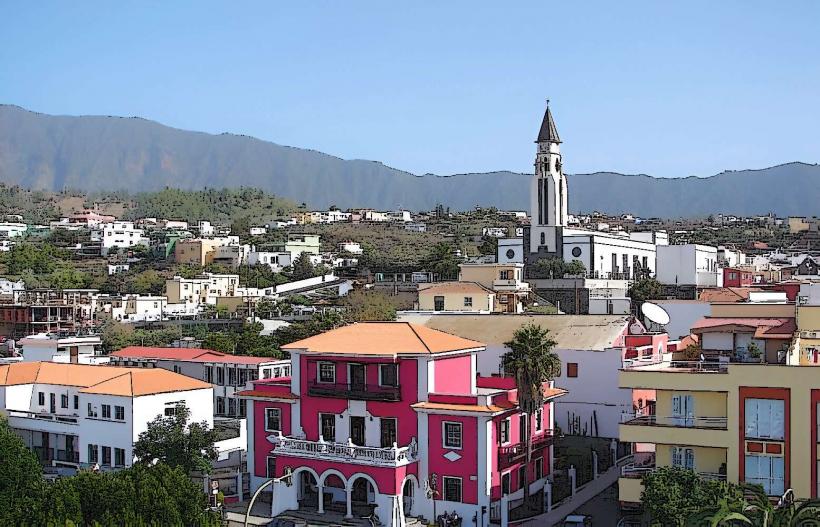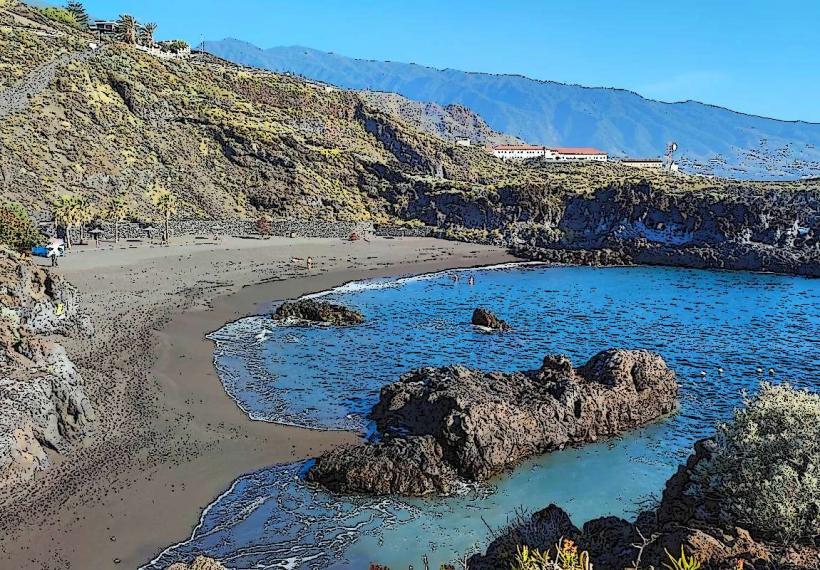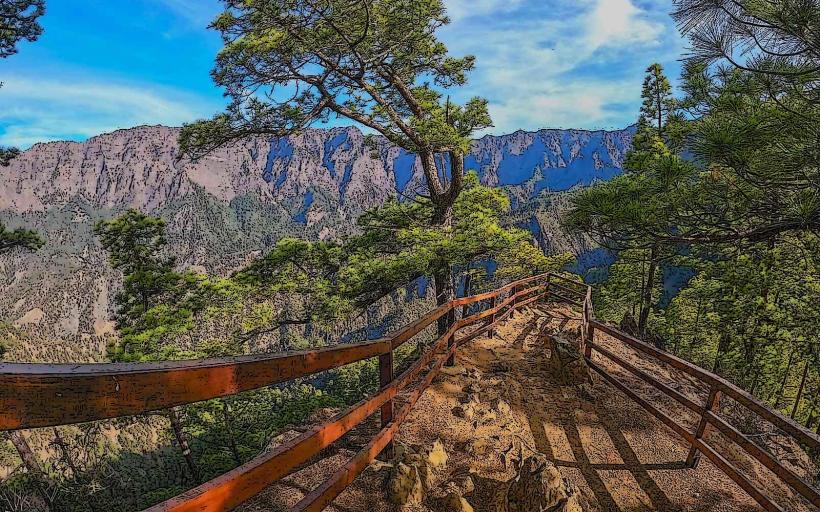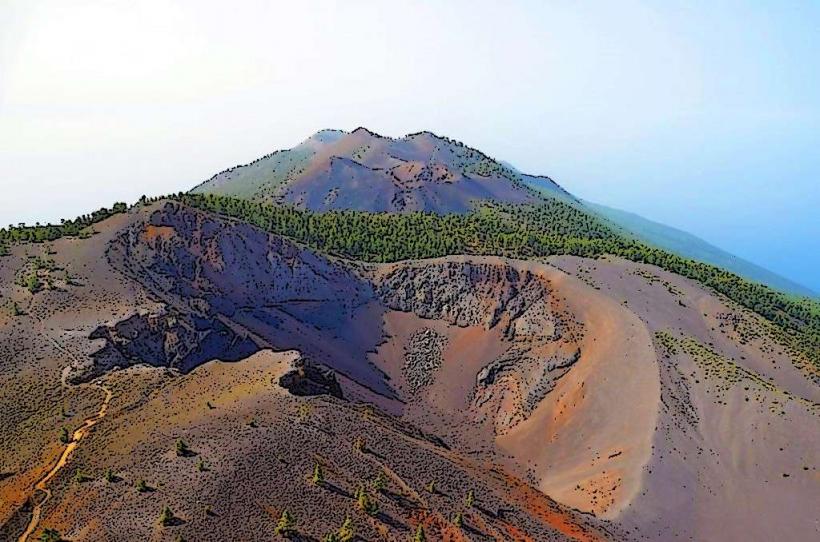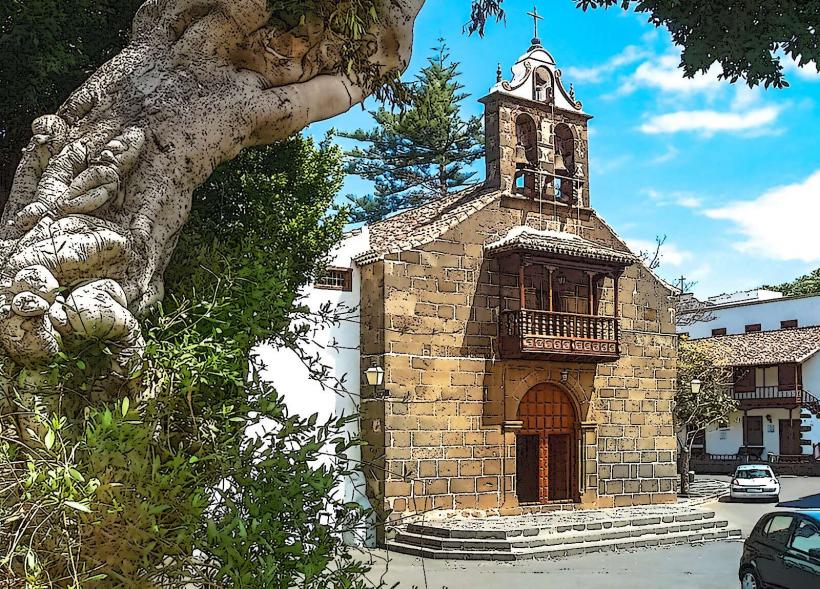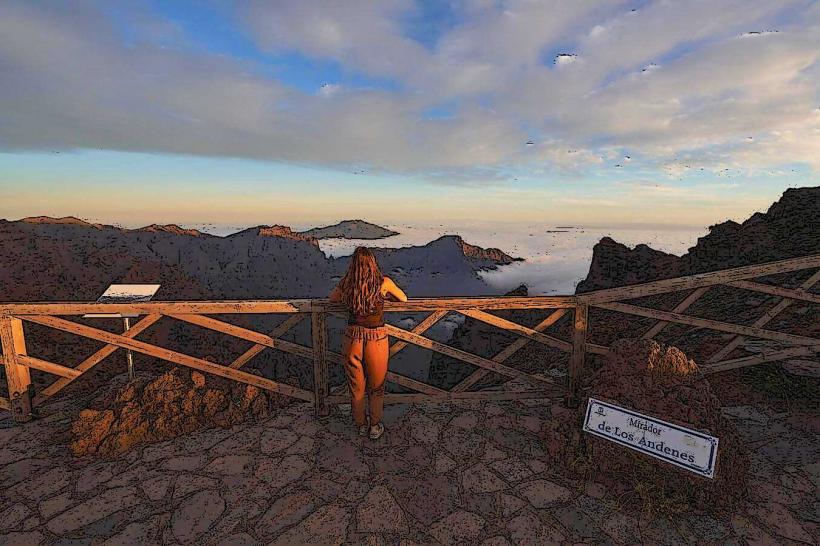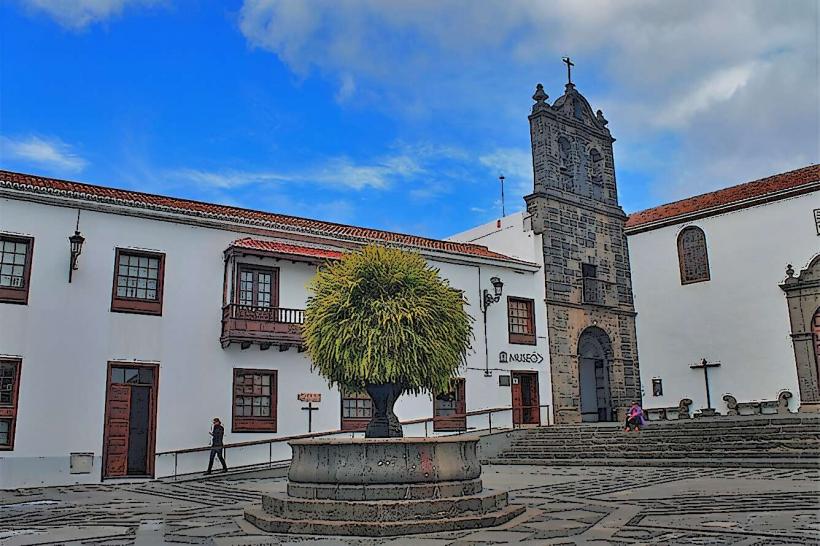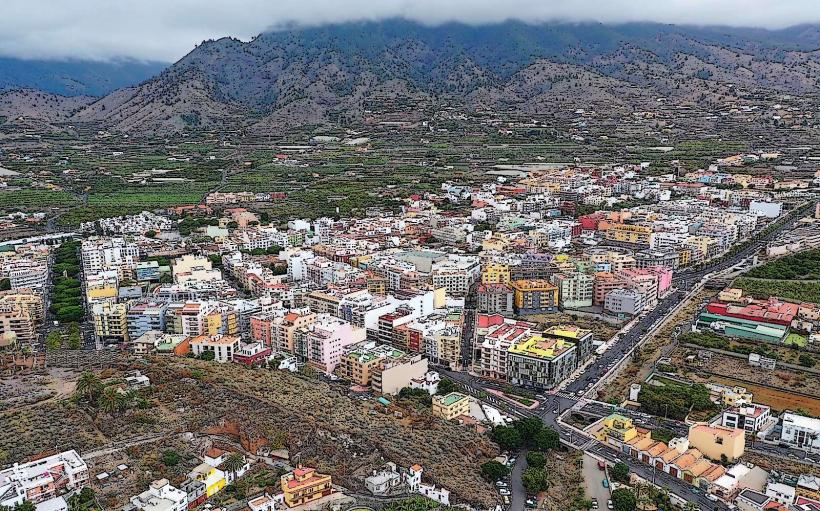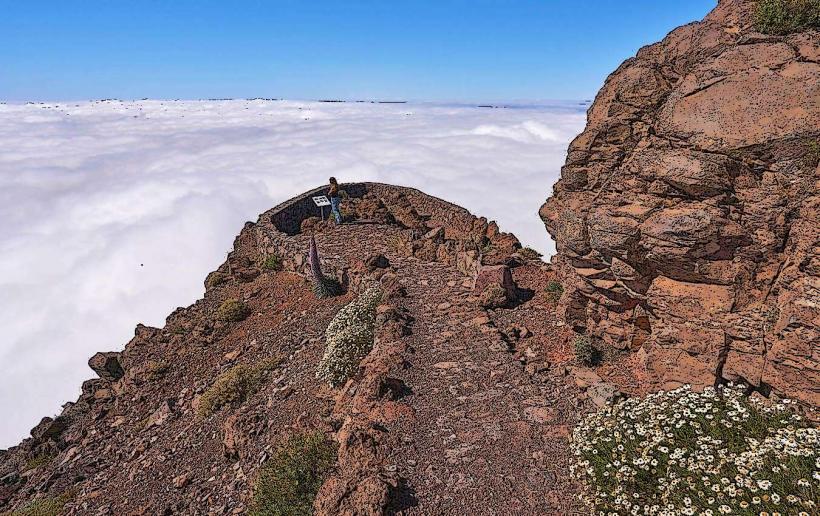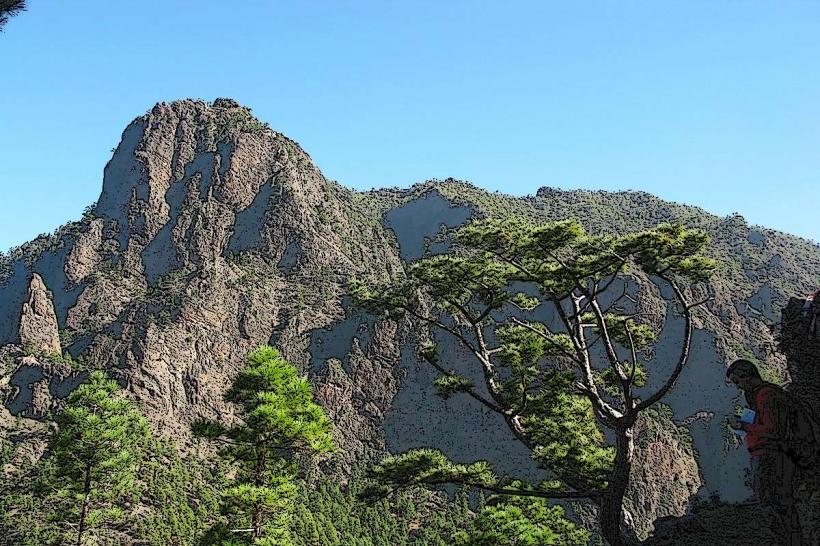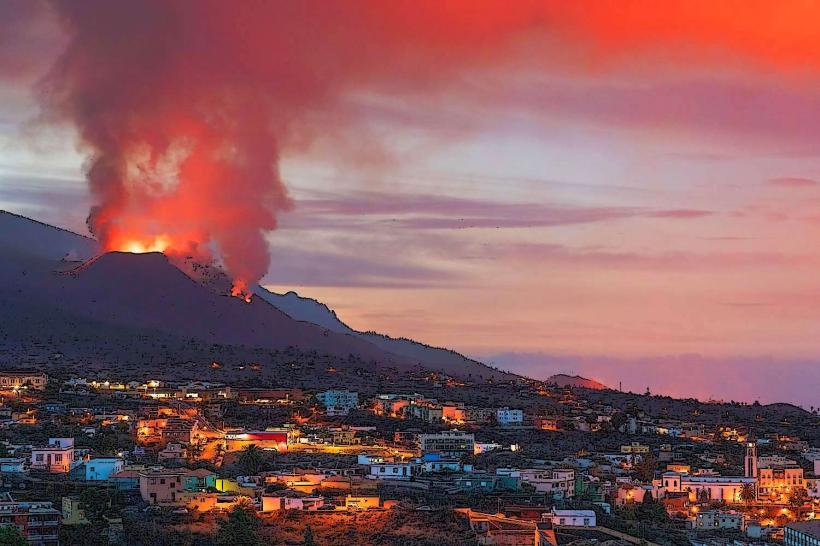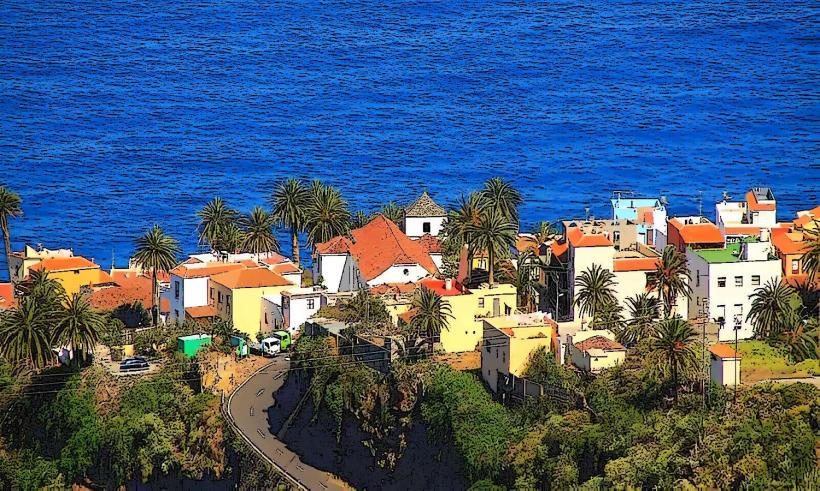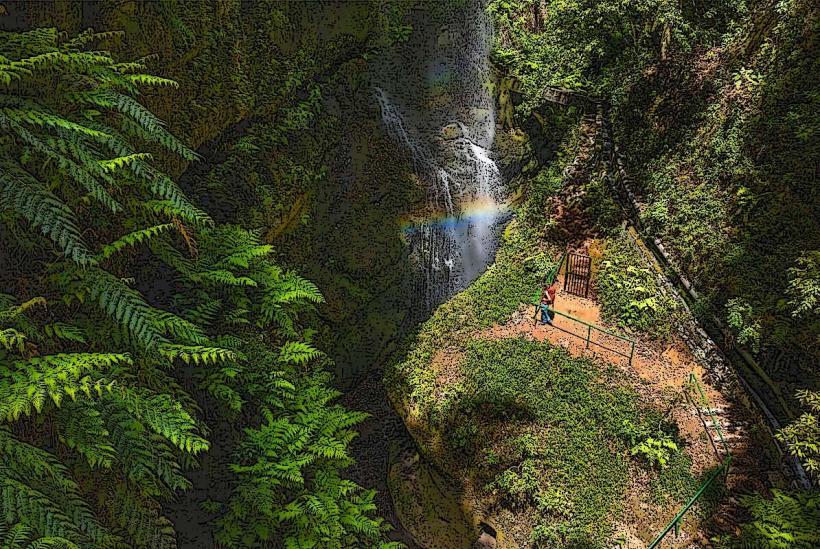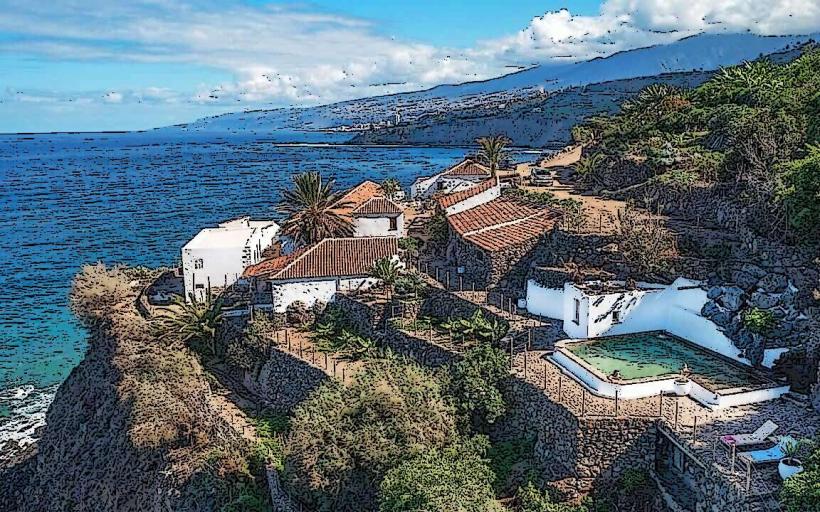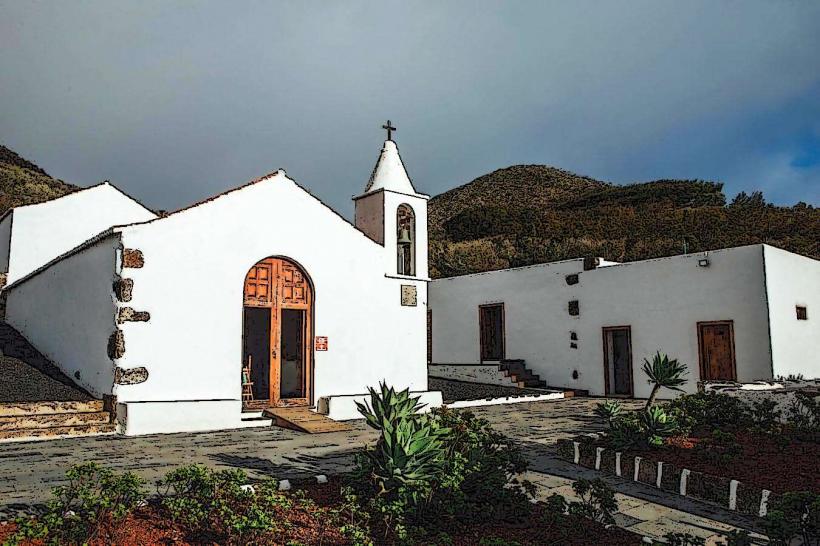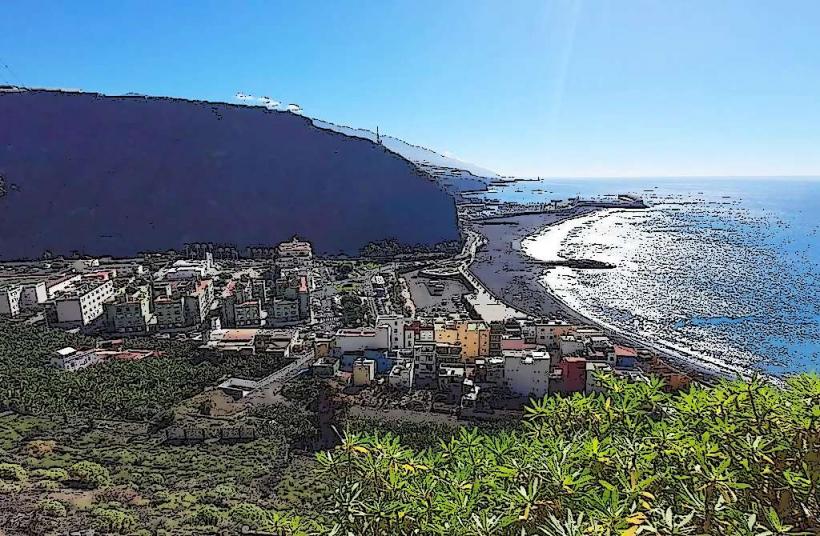Information
Landmark: Caldera de TaburienteCity: La Palma
Country: Canary Islands
Continent: Europe
Caldera de Taburiente is one of the most remarkable natural landmarks on La Palma, Canary Islands, Spain. It is a massive volcanic crater that has been designated a National Park due to its unique geological features, stunning landscapes, and rich biodiversity. The Caldera de Taburiente National Park is a UNESCO Biosphere Reserve and a popular destination for hikers, nature enthusiasts, and those seeking to explore La Palma's volcanic terrain.
Overview
- Name: Caldera de Taburiente (meaning "Caldera of the River Taburiente")
- Location: The caldera is located in the central part of La Palma, bordered by the Cumbre Vieja volcanic ridge to the south and the Cumbrecita ridge to the north. It lies within the Garafía and Los Llanos de Aridane municipalities.
- Size: The caldera has a diameter of approximately 8 kilometers and is surrounded by steep cliffs that rise up to 2,400 meters (7,874 feet) above sea level.
- Geological Origin: The caldera is believed to have formed millions of years ago following a large volcanic eruption and subsequent collapse of the volcano. Over time, erosion shaped the caldera into the dramatic crater seen today.
Geological and Natural Features
Formation:
- The Caldera de Taburiente is a shield volcano that formed as part of La Palma’s volcanic activity. The collapse of the central magma chamber created the caldera, and subsequent erosion deepened the crater. Today, the caldera is a deep, circular depression surrounded by rugged, towering cliffs.
Rivers and Ravines:
- The caldera is drained by the Taburiente River, which flows through the center of the caldera and creates a series of ravines and valleys. The river contributes to the park's unique landscape, with numerous waterfalls and stream-fed ravines.
- The Barranco de las Angustias is one of the most significant ravines, which leads out of the caldera to the western coast of La Palma.
Flora and Fauna:
- The Caldera de Taburiente National Park is home to an impressive array of endemic flora and fauna, many of which are unique to La Palma. The park includes laurel forests, pine forests, and areas of ferns, heathers, and other Mediterranean vegetation.
- The laurel forest is a UNESCO-recognized ecosystem, with Laurel trees and other endemic species thriving in the humid, cool environment.
- The park is also home to several bird species, such as the La Palma tit (a subspecies of the Canary Island blue tit), and the Hooded crow, as well as numerous insects and reptiles.
Climate:
- The climate in the caldera varies significantly depending on the altitude, with milder temperatures in the lower reaches and cooler, more temperate conditions higher up. The forested areas tend to be more humid, while the upper regions are often drier and exposed to more wind.
- The area is known for its microclimates, which create diverse ecosystems within a relatively small area.
Outdoor Activities and Hiking
Caldera de Taburiente National Park offers an array of outdoor activities, particularly for hikers and nature lovers:
Hiking Trails:
- The GR-131 Trail is one of the most important hiking routes in the park. This long-distance trail traverses the island of La Palma and passes through the Caldera de Taburiente, offering spectacular views of the caldera’s cliffs, forests, and rivers.
- The Ruta de Los Volcanes is another famous trail that crosses the island, starting from the Roque de los Muchachos Observatory and leading down into the caldera, through the Cumbrecita ridge.
- One of the most popular shorter hikes is to the Mirador de la Cumbrecita, a viewpoint located near the caldera that offers a panoramic view of the entire crater and surrounding peaks.
Waterfalls and Streams:
- The caldera is known for its beautiful waterfalls, which can be visited on foot. The Cascada de Colores (Waterfall of Colors) is one of the most popular spots, with its striking multicolored rock formations.
- Ravines and streams create scenic spots for visitors to enjoy and explore, especially in the Barranco de las Angustias ravine.
Camping and Nature Exploration:
- The park has designated camping areas, allowing visitors to spend the night within the natural beauty of the caldera. Campers can enjoy the peaceful surroundings and observe the starry skies at night, as the area is a prime spot for stargazing.
- The park is also a great place for birdwatching, particularly for those looking to observe the island’s endemic species.
Visitor Information
Access:
- Road Access: The caldera is accessible by road, with access points from Los Llanos de Aridane and El Paso. The road to the Cumbrecita viewpoint provides spectacular views of the caldera’s interior.
- Parking: There are designated parking areas near key hiking trailheads and viewpoints, though parking is limited during peak times, so it’s advisable to arrive early.
Visitor Centers:
- The Visitor Center of El Paso provides information about the park's history, flora, fauna, and hiking routes. It also has educational exhibits about La Palma’s volcanic activity and conservation efforts.
- Guided Tours: For those unfamiliar with the area or looking for a more in-depth experience, guided tours are available, providing expert knowledge of the park’s ecosystems and geology.
Best Time to Visit:
- The best times to visit the Caldera de Taburiente are in the spring and autumn, when the weather is mild and the trails are accessible. Winter temperatures at higher altitudes can be quite cold, and there may be snow on the peaks, while summer is warm but perfect for hiking at higher elevations where temperatures are cooler.
Conservation and Environmental Protection
As a National Park, Caldera de Taburiente is protected to preserve its unique ecosystems, wildlife, and geological features. The park's boundaries are managed by the Canary Islands Government and the Cabildo de La Palma (La Palma’s island council). Visitors are encouraged to follow leave-no-trace principles and respect the natural environment by staying on marked trails, not disturbing wildlife, and avoiding littering.
Conclusion
Caldera de Taburiente National Park is one of the most spectacular natural areas on La Palma, offering incredible landscapes, geological formations, and rich biodiversity. Whether you're a hiker, nature enthusiast, or simply someone wanting to enjoy the island’s beauty, the caldera provides a range of activities and breathtaking views. It is a must-visit for anyone interested in experiencing the dramatic volcanic landscapes and unique ecosystems of La Palma.

